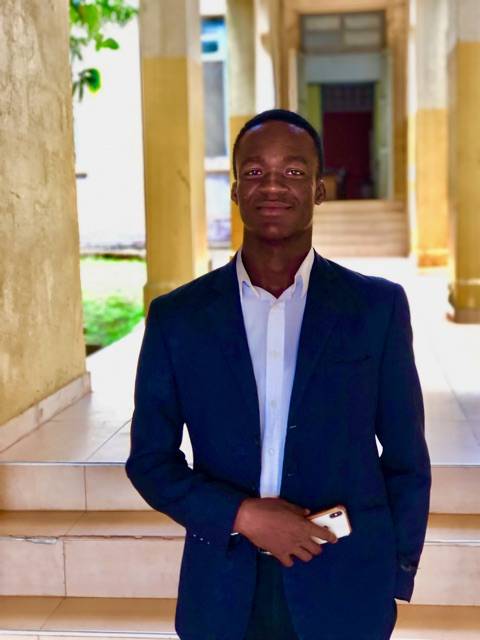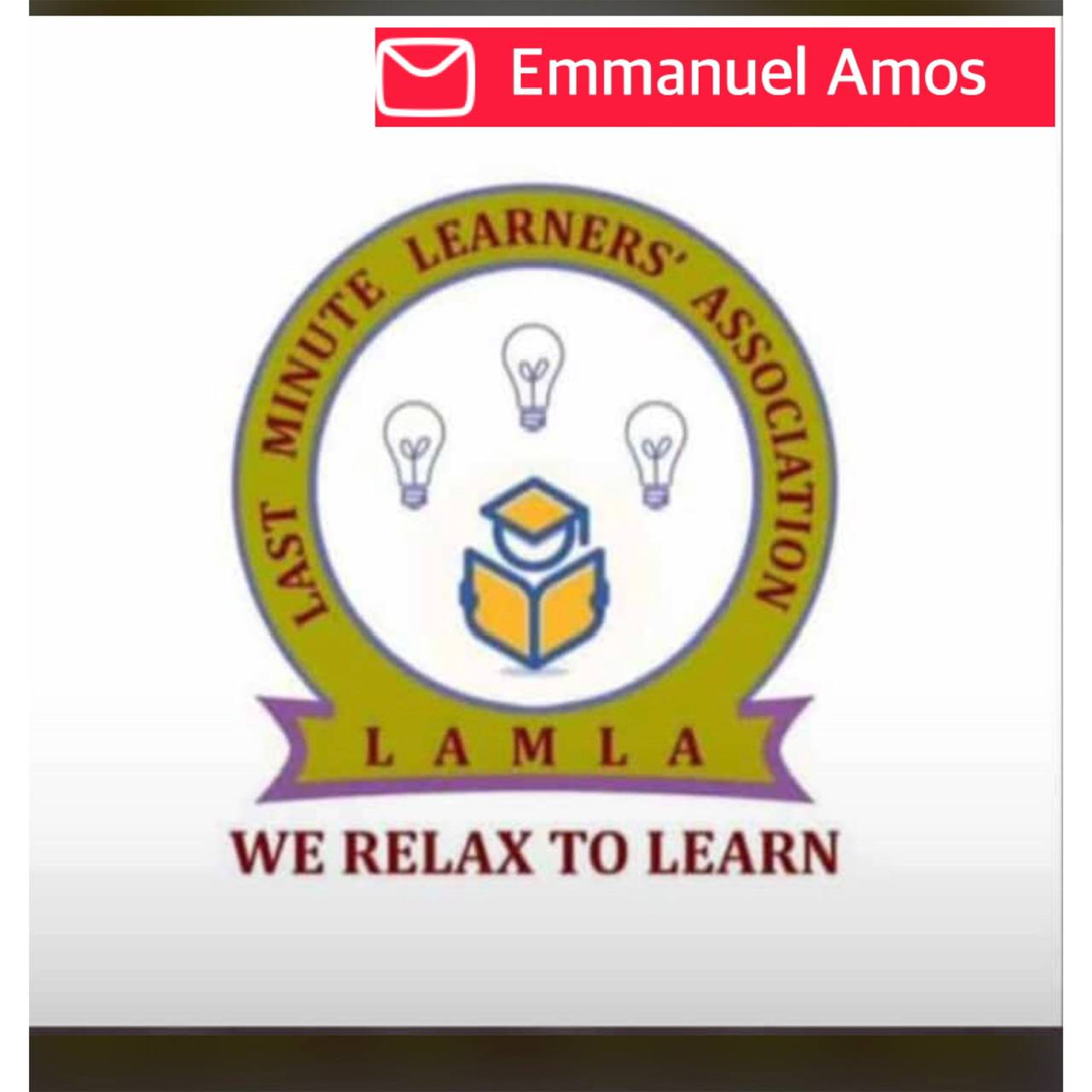SAMPLE-QUESTIONS ON GUIDANCE AND COUNSELING @2024
*KUNK GUIDANCE AND COUNSELING*
1. AS A CLASSROOM TEACHER LIKELY TO HELP PUPILS /STUDENTS WITH THEIR CHALLENGES EXPLAIN FIVE SKILLS YOU WOULD NEED TO ENABLE YOU WORK EFFECTIVELY.
2. YOU HAVE BEEN APPROVED AS THE GUIDANCE AND COUNSELLING
COORDINATOR OF
BASIC SCHOOL , WHICH FIVE PRINCIPLES OF GUIDANCE ARE YOU & GOING TO OPERATE WITH ?
3. A COLLEAGUE IS USING GUIDANCE AND COUNSELLING INTERCHANGEABLY;
a. EXPLAIN THESE CONCEPTS TO HIM ,
ODWEBEWEDE.
b. DISCUSS 3 SIMILARITIES AND 3 DIFFERENCES BETWEEN THE TERMS (GUIDANCE AND COUNSELLING )
4. YOU HAVE BEEN MADE THE GUIDANCE AND COUNSELLING COORDINATOR OF A BASIC SCHOOL, DISCUSS
FIVE CONDITIONS THAT WOULD BE NECESSARY FOR EFFECTIVE COUNSELLING.
5. DISCUSS FIVE BARRIERS THAT MAY HINDER EFFECTIVE COMMUNICATION IN COUNSELLING AND YOU SCHOOL PROCESS.
6. IDENTIFY AND EXPLAIN FIVE SKILLS NECESSARY FOR EFFECTIVE COMMUNICATION IN THE COUNSELING
EXPLAIN FIVE PRINCIPLES OF GUIDANCE AND COUNSELING
DISCUSS FIVE IMPORTANCE OF GUIDANCE / COUNSELING TO A CLIENTS.
EXPLAIN FIVE FACTORS THAT ENHANCES EFFECTIVE COMMUNICATION IN GUIDANCE AND COUNSELING. or
IDENTIFY AND DISCUSS FIVE FACTORS THAT HINDER(S) / (BARRIERS) TO EFFECTIVE COMMUNICATION IN COUNSELING.
EXPLAIN ORIENTATION SERVICES AND DISCUSS FOUR IMPORTANCE OF ORIENTATION TO PUPILS IN SCHOOL
Discuss/Explain five *barriers* that affect effective communication in Guidance and counseling.
Explain five factors that *enhances/promote* effective communication in Guidance and counseling.
. Discuss five (5) barriers to Effective communication in counselling.
Effective communication is vital in counseling to establish rapport, trust, and understanding between the counselor and the client. However, various barriers can hinder the communication process and impact the therapeutic relationship. Here are five common barriers to effective communication in counseling:
### Barriers to Effective Communication in Counseling:
1. Lack of Empathy and Active Listening:
- Description: When counselors fail to actively listen and show empathy towards clients, communication can break down.
- Impact: Clients may feel misunderstood, unheard, or unvalidated, leading to a lack of trust and hindering progress in counseling sessions.
2. Imbalanced Power Dynamics:
- Description: Power differentials between the counselor and client can create barriers to open communication.
- Impact: Clients may withhold information, feel intimidated, or struggle to express themselves freely due to fear of judgment or perceived authority, impeding the therapeutic process.
3. Cultural and Linguistic Barriers:
- Description: Differences in cultural backgrounds, languages, and communication styles can impede effective counseling communication.
- Impact: Misinterpretation of gestures, language barriers, and cultural misunderstandings can lead to communication breakdowns and limit the depth of client-counselor engagement.
4. Emotional Blocks and Psychological Barriers:
- Description: Emotional issues, past traumas, defense mechanisms, or psychological barriers within clients can hinder open communication.
- Impact: Clients may struggle to express their emotions, thoughts, or fears, creating obstacles in addressing underlying issues and achieving therapeutic goals.
5. Nonverbal Cues and Body Language:
- Description: Ineffective use of nonverbal cues, body language, or facial expressions can impact communication in counseling.
- Impact: Misinterpretation of nonverbal signals, lack of eye contact, or defensive body language can hinder the building of trust, rapport, and understanding between the counselor and client.


